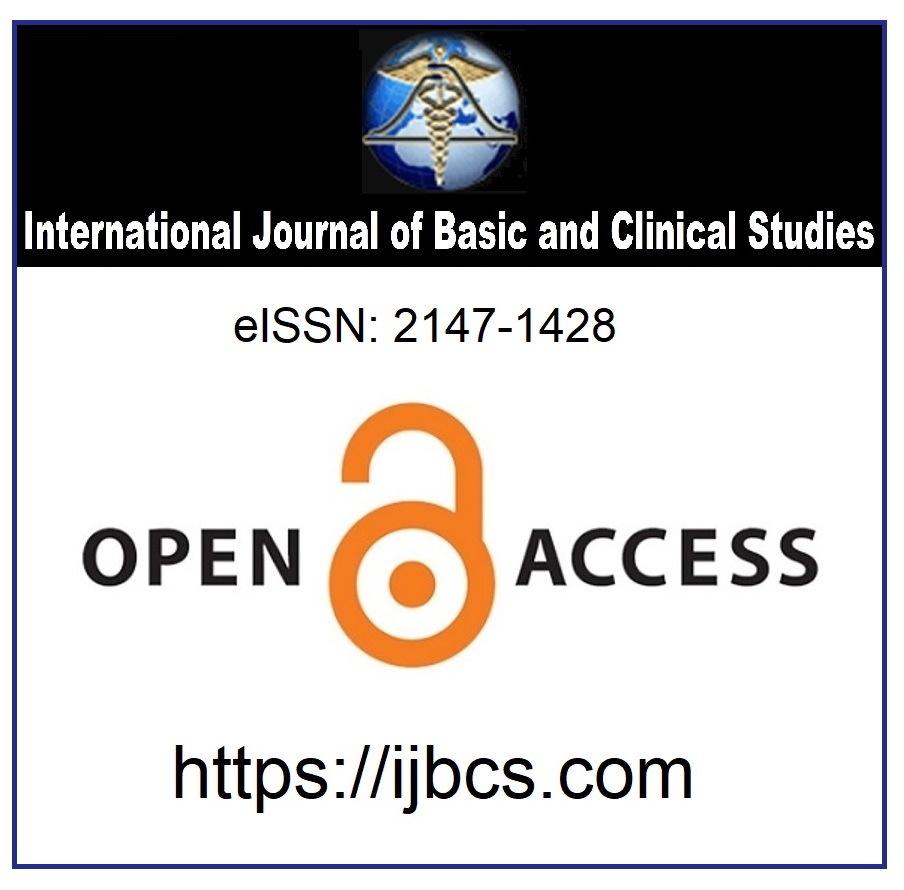Comparison of Transscleral Fixation of PMMA and Acrylic Foldable Intraocular Lenses
Keywords:
Scleral fixation, PMMA IOL, Acrylic foldable IOL, Postoperative complicationAbstract
Purpose: To evaluate the clinical outcomes of transscleral fixation of PMMA and acrylic foldable intraocular lens implantation
Materials and Methods: This study included 49 eyes of 49 patient Acyrlic foldable IOL was implanted in 23 eyes, PMMA IOL in 26 eyes by sutured scleral fixation technique with ab interno double scleral flaps. The mean age was 63.4 years (range, 42-75 years). The mean follow up was 9.4 months (range 6-17 months).
Results: The mean preoperative best corrected visual acuity(BCVA) according to Snellen chart were 0.33±019 and 0.29±0.25 for foldable and PMMA groups respectively. The mean preoperative cylindrical equivalents was 2.38 ±1.3 D in foldable group and 2.37±1.3 D in PMMA group. The mean postoperative BCVA was same or improved in all patients. The mean postoperative cylindrical equivalents was 1.47±0.7 D in foldable group and 2.67±1.5 D in PMMA group. The change for cylindrical equivalents was statistically significant in foldable group (p<0.05). The most common postoperative complications were transient corneal edema (12%), transient ocular hypertony(12%) and anterior chamber reaction (8%). Postoperative complications were almost the same in both groups.
Conclusion: Secondary IOL implantation with scleral fixation is safe and effective procedure. Transscleral fixation using foldable IOL provides safe surgery for surgeon, less surgically induced astigmatism and rapid visual rehabilitation compared to PMMA IOL .
Downloads
Published
How to Cite
Issue
Section
License
Copyright (c) 2018 by the Authors

This work is licensed under a Creative Commons Attribution 4.0 International License.



